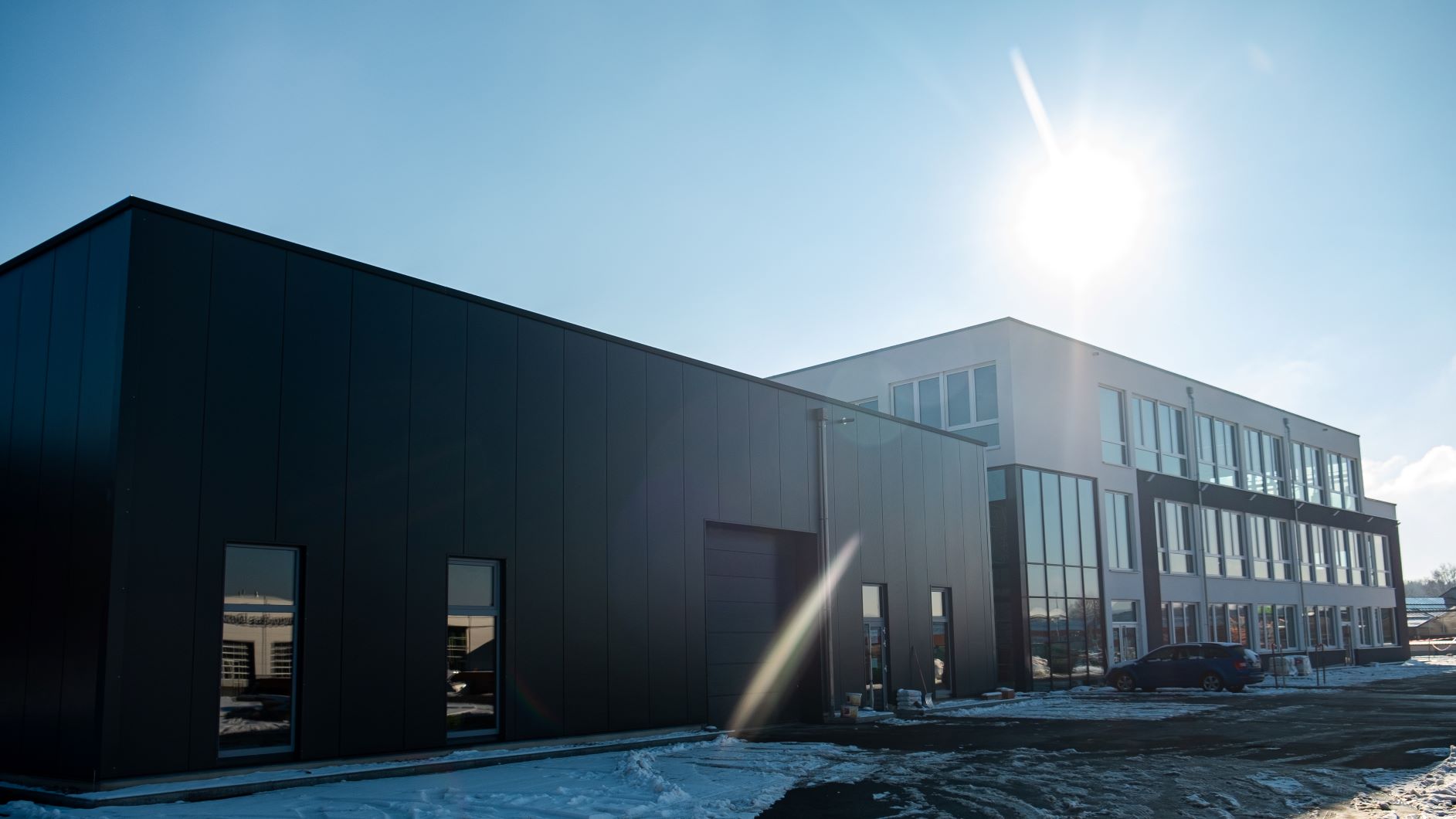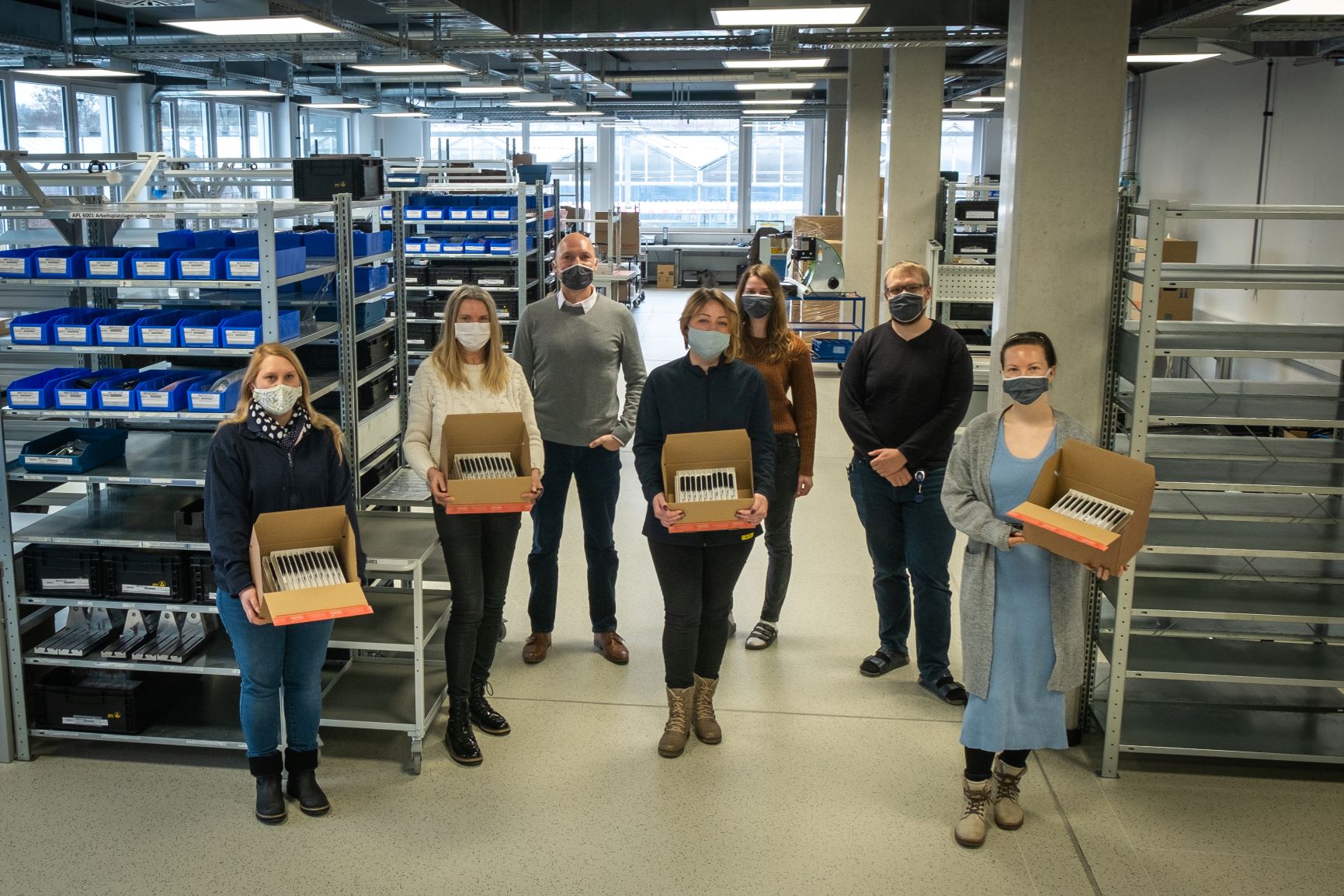This is how pro-micron wants to make the metal industry smarter
The Bavarian Innovation Award will also go to Kaufbeuren in 2020. With the Spike series, which can be retrofitted or delivered ex works, the company pro-micron has developed a product that monitors the quality of machined parts while they are still being manufactured and initiates appropriate countermeasures if problems arise. In an interview, Managing Director Hubertus von Zastrow explains how the team plans to use the innovation to drive the economy forward.


The winner of the Bavarian Innovation Award was a pro-micron product series called Spike. In a nutshell, what is behind it?
spike
So if the process can go on without people, it optimizes itself
We would like to use the spike wherever metal and, in the future, wood or CFRP are machined. This is the case in many industries, for example in the automotive industry, in aviation, but also in medical technology and plastics technology. We generated around 100 billion in sales in metalworking in Germany in 2019. A good 247,000 employees were involved in this. So we are talking about an essential industry - also in the region, by the way: the Grob Werke in Mindelheim and DMGMORI in Pfronten as machine builders, or the fourth largest cutting tool manufacturer in the world, Ceratizit, are one of the largest employers in the Allgäu. And in precisely this metalworking sector, we are also world leaders from Germany. It is important for the economy that this remains so. Pro-micron also wants to make its contribution to this.
Worldwide, there are a few thousand. But the market is of course many times larger, because we are still in the rollout phase. So we have great potential in the future, which we want to exploit to the full. We already generate 38 percent of our sales in Asia.
In December, we moved into our own new company location, directly on the B12. With an investment of over 6 million euros in Kaufbeuren, we are expanding our development and production capacities to set the standard in digital machining with spike - together with our partners in the value chain.spik
It certainly does, because it gives us a tailwind that we are on the right track strategically and technologically, and it raises our profile. Even though we've been working on innovation for a long time and have had economic success with it, we're only serving a very small market share so far. The award is a great help in our goal of expanding this market share. We have received a lot of positive feedback on the videos explaining our innovation, which were donated to us by the Ministry of Economics as part of the award. We are now in the process of translating them into English and Chinese. After all, a prize from Bavaria is valid worldwide.
Michael Ermark, B4B Wirtschaftsleben Schwaben
